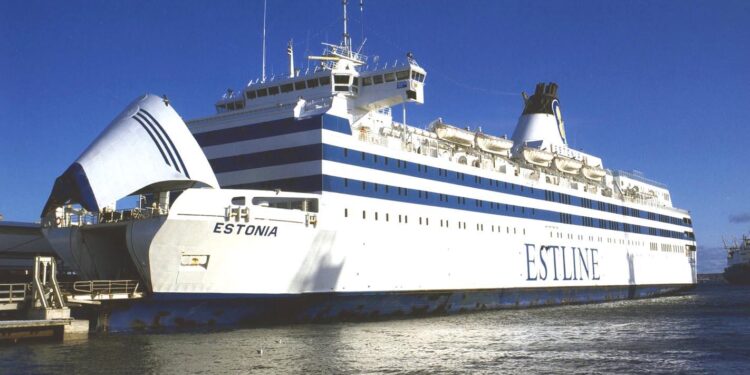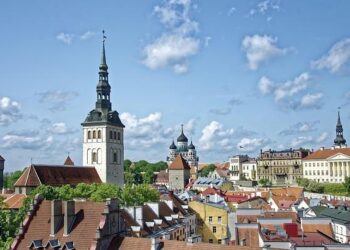Estonia’s National Archives is increasingly shifting its vast and growing collection to digital platforms, allowing researchers and the public easier online access. According to ERR, this move reflects a broader trend in archival management, as the institution works to preserve historical documents while accommodating modern-day demands for remote accessibility. The initiative aims to enhance transparency, support academic work, and engage a wider audience with Estonia’s rich cultural heritage.
Estonia’s National Archives Expands Digital Access Amid Growing Collections
As Estonia’s National Archives continue to acquire an ever-growing range of documents, manuscripts, and digital records, the institution has significantly increased its emphasis on online accessibility. Today, the majority of researchers, historians, and curious citizens engage with the archives via their digital platform, allowing users from around the world to explore Estonia’s rich historical tapestry remotely. This shift not only reflects the practical challenges of managing vast physical collections but also aligns with Estonia’s wider reputation as a digital pioneer, ensuring that invaluable historical materials remain at the fingertips of the global community.
Key enhancements in digital access include:
- Implementation of advanced search and filtering tools to streamline document discovery.
- High-resolution digitalization for improved clarity and preservation of fragile materials.
- Expanded metadata tagging for quicker cross-referencing across collections.
- Mobile-friendly website design, catering to on-the-go researchers.
| Year | Digital Records Added | Online Visitor Growth |
|---|---|---|
| 2021 | 120,000 | +15% |
| 2022 | 250,000 | +30% |
| 2023 | 400,000 | +50% |
Challenges and Opportunities in Preserving Estonia’s Historical Records Online
Digitizing Estonia’s rich historical records comes with a blend of technical hurdles and promising prospects. One of the primary challenges is ensuring the long-term digital preservation of millions of documents, which requires constant updates to avoid format obsolescence and data loss. Furthermore, integrating diverse archival materials-ranging from fragile manuscripts to early digital-born files-demands tailored approaches for each medium. With increasing cybersecurity threats, the archives must also bolster defenses to prevent unauthorized access or tampering. Meanwhile, establishing consistent metadata standards is vital to facilitate efficient searchability and user navigation across massive datasets.
On the other hand, expanding online accessibility unlocks remarkable opportunities for researchers, genealogists, and the general public. Digital platforms enable broader engagement with Estonia’s cultural heritage, crossing geographical and physical boundaries. The National Archives’ commitment to open data fosters innovative uses of information, including academic studies and creative projects. Below is a simplified overview of ongoing priorities balancing challenges and opportunities:
| Focus Area | Challenges | Opportunities | |||||||||||||||||||||||
|---|---|---|---|---|---|---|---|---|---|---|---|---|---|---|---|---|---|---|---|---|---|---|---|---|---|
| Digital Storage | Maintaining stability & scalability | Cloud solutions for global access | |||||||||||||||||||||||
| User Interface | Complexity in metadata search | Customizable search filters | |||||||||||||||||||||||
| Security | Digitizing Estonia’s rich historical records comes with a blend of technical hurdles and promising prospects. One of the primary challenges is ensuring the long-term digital preservation of millions of documents, which requires constant updates to avoid format obsolescence and data loss. Furthermore, integrating diverse archival materials-ranging from fragile manuscripts to early digital-born files-demands tailored approaches for each medium. With increasing cybersecurity threats, the archives must also bolster defenses to prevent unauthorized access or tampering. Meanwhile, establishing consistent metadata standards is vital to facilitate efficient searchability and user navigation across massive datasets. On the other hand, expanding online accessibility unlocks remarkable opportunities for researchers, genealogists, and the general public. Digital platforms enable broader engagement with Estonia’s cultural heritage, crossing geographical and physical boundaries. The National Archives’ commitment to open data fosters innovative uses of information, including academic studies and creative projects. Below is a simplified overview of ongoing priorities balancing challenges and opportunities:
|
















